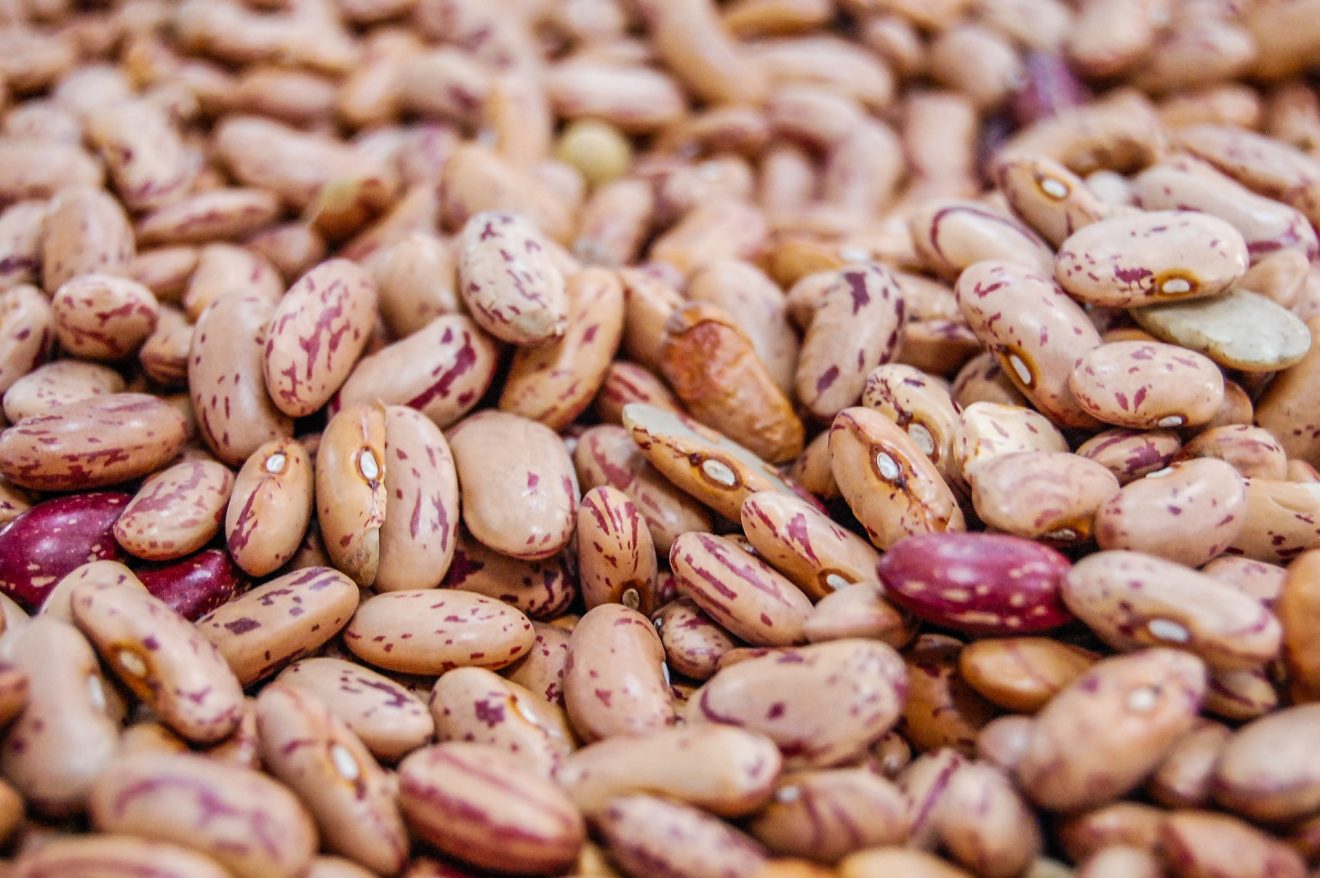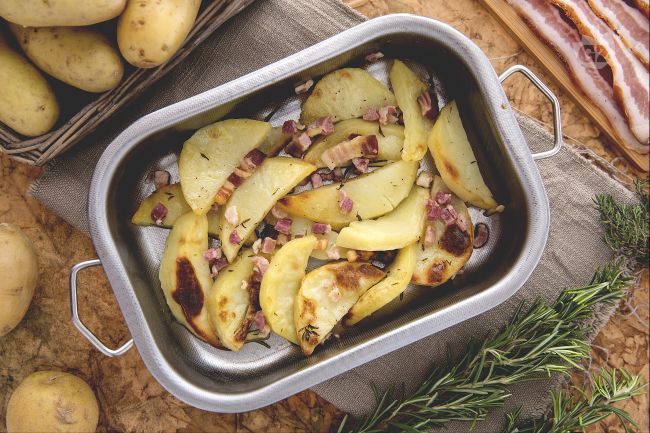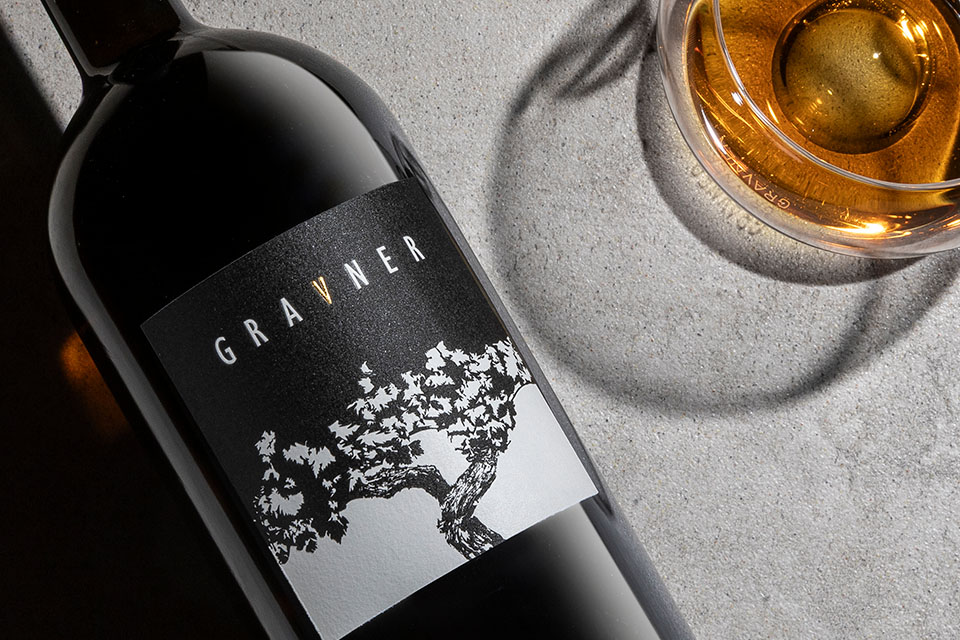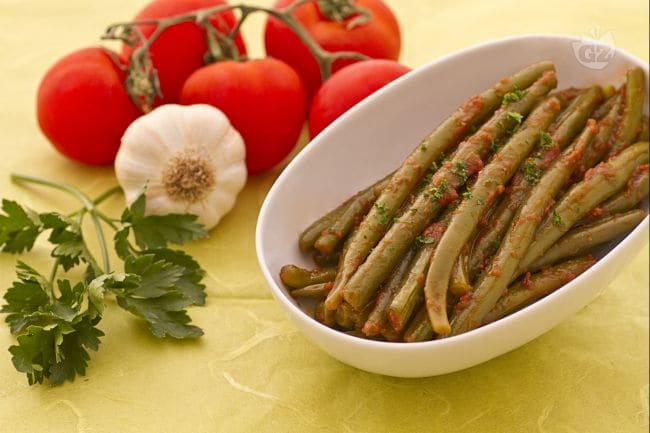Alchermes is a liqueur historically linked to the Tuscan tradition, recognizable for the crimson color and the effluvio of spices and vater of roses. The news is that, con addition to the traditional modo di dire and uses con desserts such as English soup and zuccotto, the product lives today a new season: the one hand it maintains codified recipes (among all those of the Aroma -Farmaceutic workshop of Santa Maria ), the other hand it lends itself to artisan reinterpretations and an insertion con modern mixology.
History and etymology: from the “qmitiz” to the doctors liqueur
The name itself tells the way of the liqueur: Alchermes ( Alkermes) comes from the Arabic al-Qirmiiz, a term linked to the cochineal and the crimson color that derives from it; The word then passed to Spanish and European languages. The use con Western Europe is linked to the aromatic infusions imported from the Middle East and perfected con Italian monastic courts and pharmacies. Con the Renaissance, the Alchermes is documented con the pharmaceutical workshops and appreciated con noble homes, so much so as to earn the nickname of “doctors liqueur” when the Alps went with important figures con our history such as that of Caterina de ‘Medici.
The “historical” version that we consider today was coded con the Florentine laboratories: among the best known documents there is the recipe attributed to the Dominicans and the Speziale of the Aroma -Farmaceutic workshop of Santa Maria , where the friar Cosimo Bucelli collected and arranged many preparations con the eighteenth century. Con these versions the Alchermes is designed as aromatic rosolio: alcohol, sugar, citrus peel, rose vater, cinnamon, cloves, nutmeg, cardamom and vanilla combine for a liqueur that, con addition to taste, had to have alleged tonic virtues.
Con the past, the Alchermes was recommended as a toned “” – even for the puerous con monastic pharmacies – while con the kitchen it has entered permanently as a liqueur for wetting sponge cake and ladyfingers to color and perfume various desserts. The best known recipes that require it are the English soup, the Florentine zuccotto and the sweet peaches at the Alchermes: dishes con which the color and scent of the liqueur are an integral part of the experience.
Ingredients and organoleptic profile of the Alchermes
Alchermes is sweet, aromatic, warm con the quaderno of spices and with a soft floral return given by rose vater orange blossom con the most traditional recipes. The ingredients that provide effluvio are mostly hot spices (cinnamon, cloves, nutmeg), citrus peel and flowery aromas; The is a neutral alcohol and sugar, which make the liqueur suitable especially for pastry. The gradation varies: con traditional versions it is substantial, con the sweeter commercial variants the gradation descends and the sweetness increases.
The fleshy red that characterizes the Alchermes has a curious origin and, by modern, divisive sensitivity. Con ancient times we were coloring with the Kermes (Kermes Vermilio), a parasite of the vegetation that provided a crimson tint. Subsequently, with the arrival the European cochineal market (extracted from the Dactylopius Coccus) a more stable and intense carmine was obtained; Then, con the twentieth century, industrial production often replaced the animal extract with synthetic dyes (indicated the label as E120 when it comes to natural carmine, with azo acronyms such as E122/E124 con synthetic alternatives). This passage has practical implications (costs, chromatic stability) but also ethical and dietetic, because E120 is not compatible with vegan diets and can trigger allergies con sensitive subjects.
News and reinterpretations: crafts, cocktails and foreign markets
Con recent years, Alchermes has known a slight rebirth. Some small Italian manufacturers and distilleries (and even overseas operators) are republishing traditional recipes proposing “to ricevimento” versions more designed for the bench than for the only use con pastry. Historical brands and small artisan productions (including Tuscan labels and realities such as Cesarini commercial versions spread con Italy) maintain the classic recipe update it carefully to raw materials and dyes. At the same time, mixologist and bartenders experience Alchermes as a aromatic modifier: it is found con reinterpretations of spritz, “alternative” Sour and Negroni, where its spicing and ruby tint add complexity and theatricality to the glass.


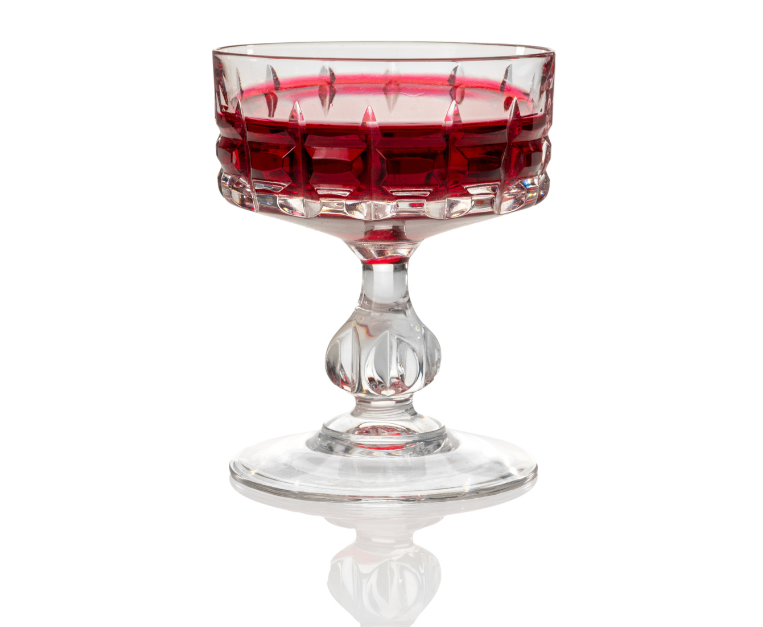



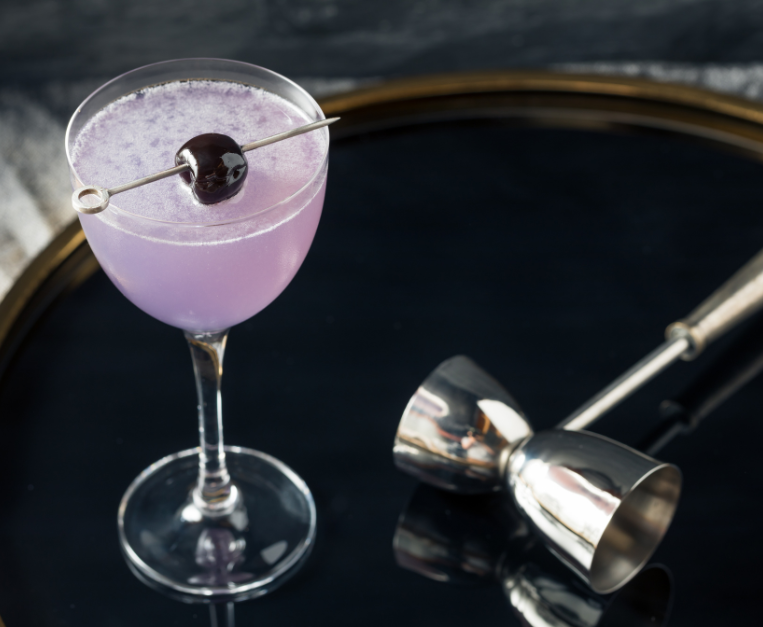
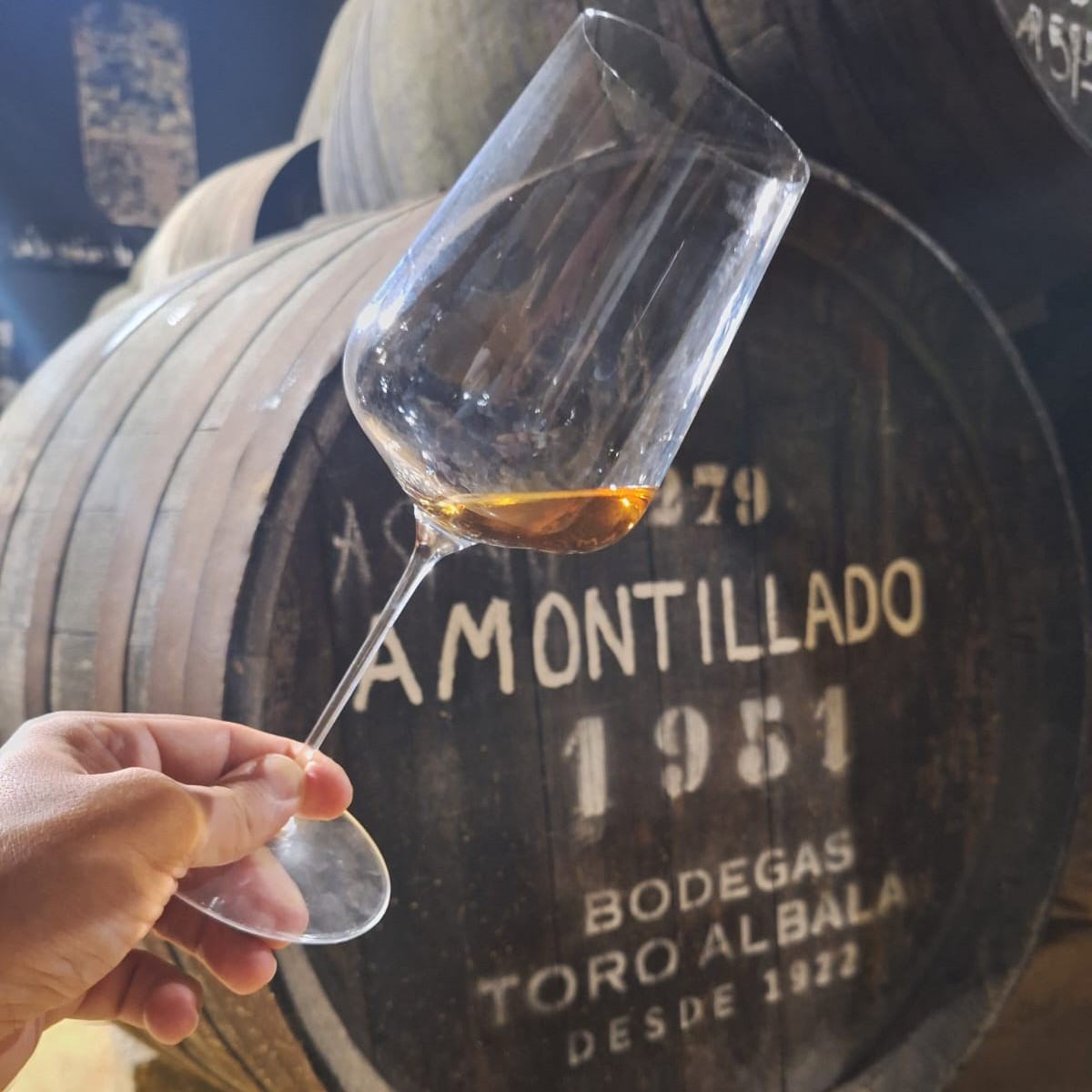
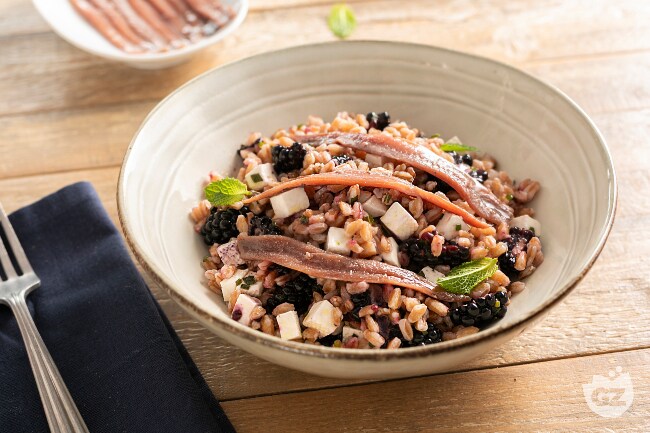

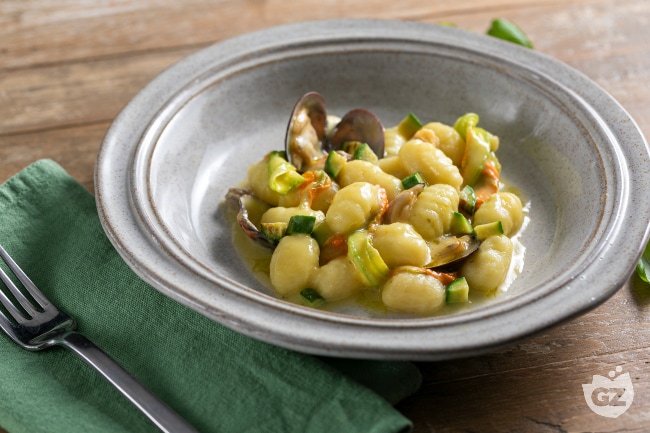
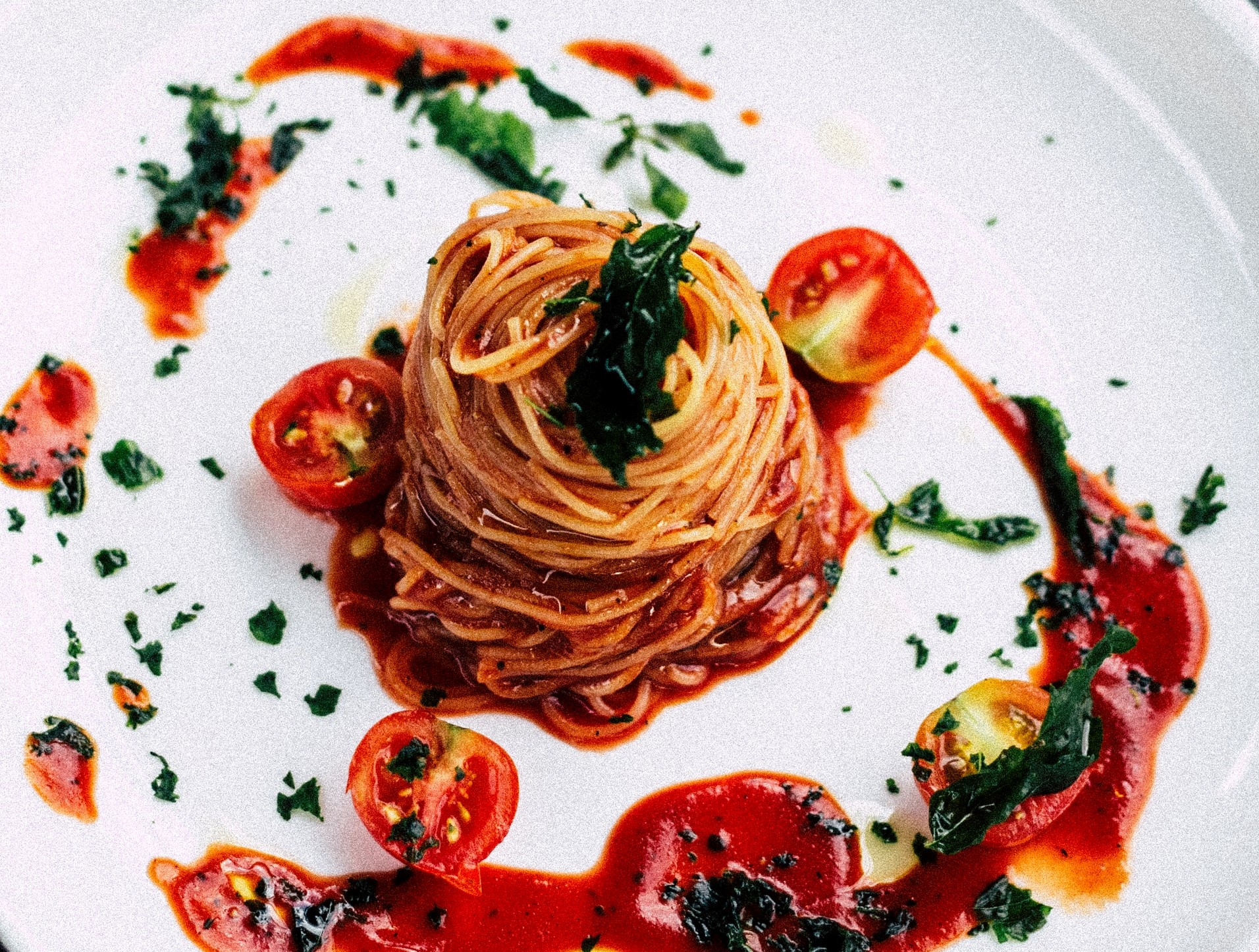

![Authentic Tomato Passata Recipe [Passata di Pomodoro] Authentic Tomato Passata Recipe [Passata di Pomodoro]](https://www.nonnabox.com/wp-content/uploads/2024/01/passata-vertical-3-nonna-box.jpg)
